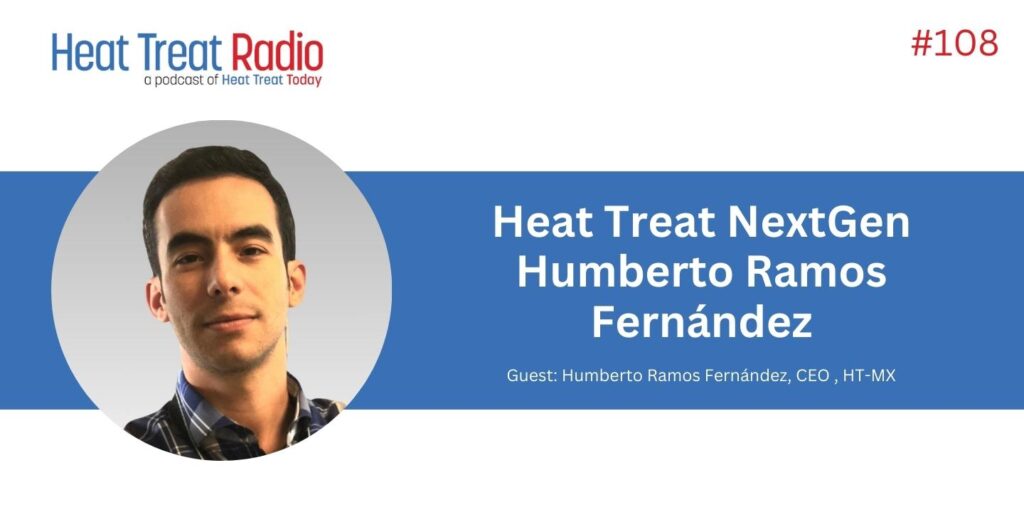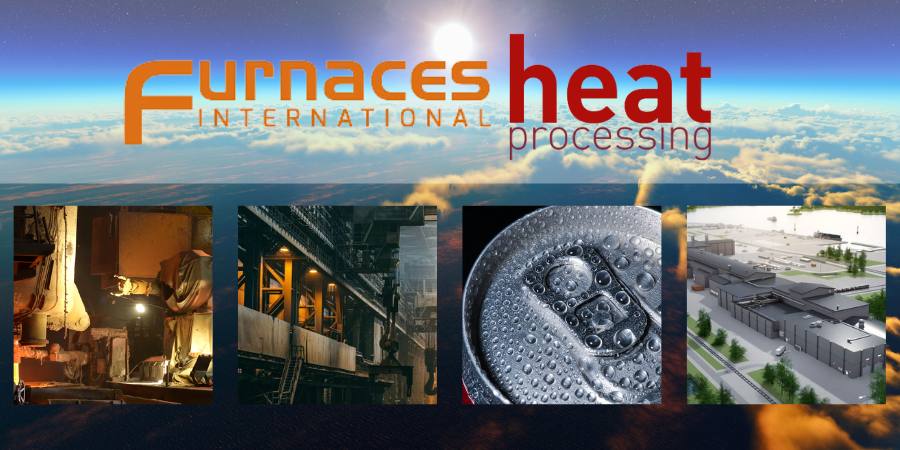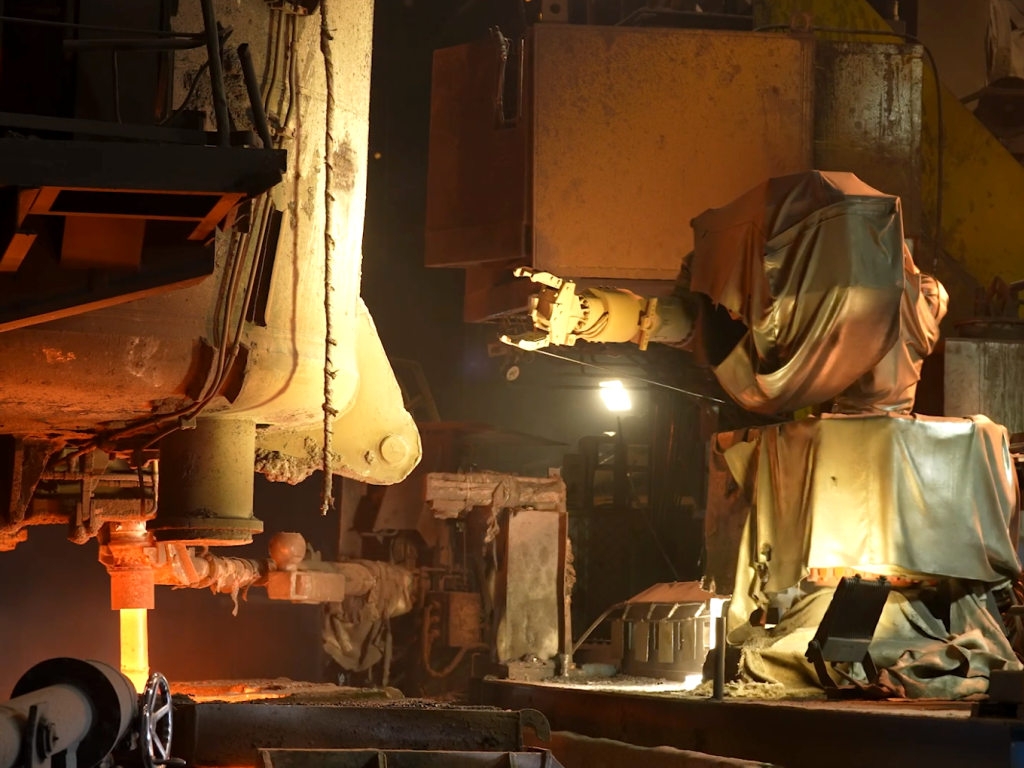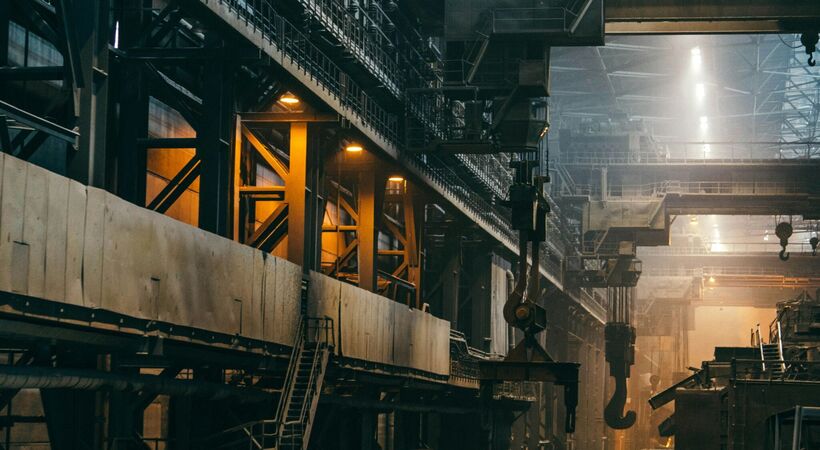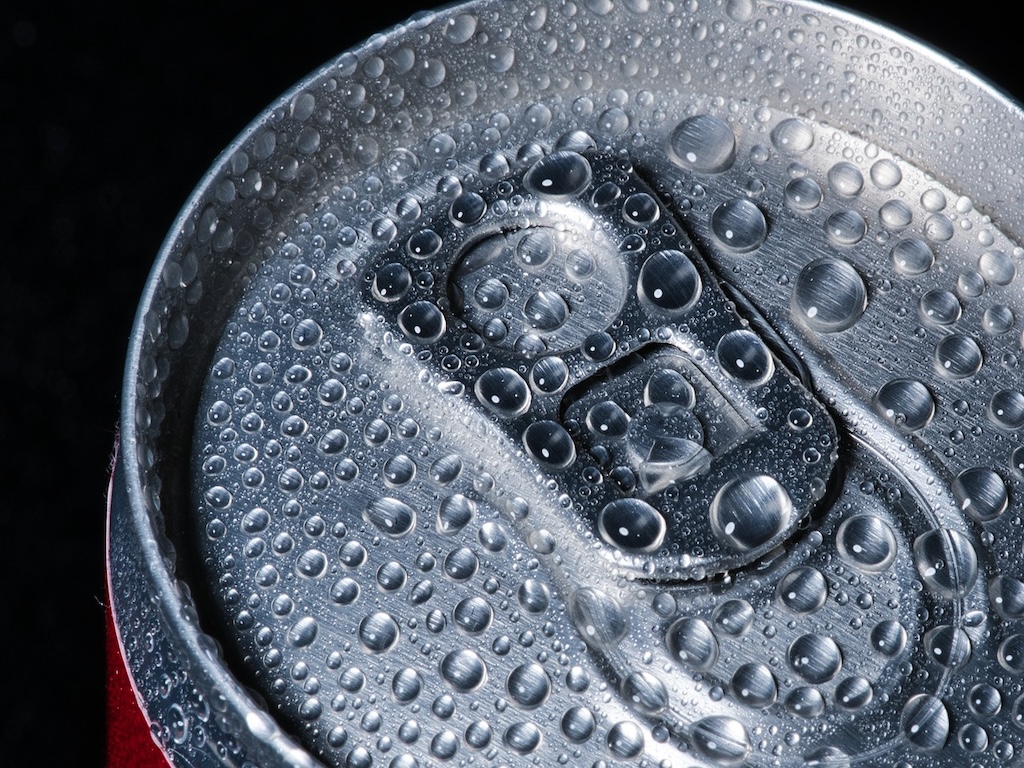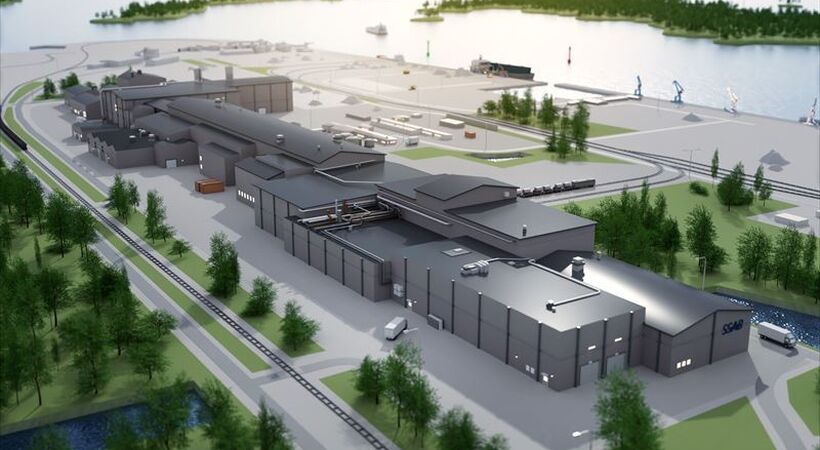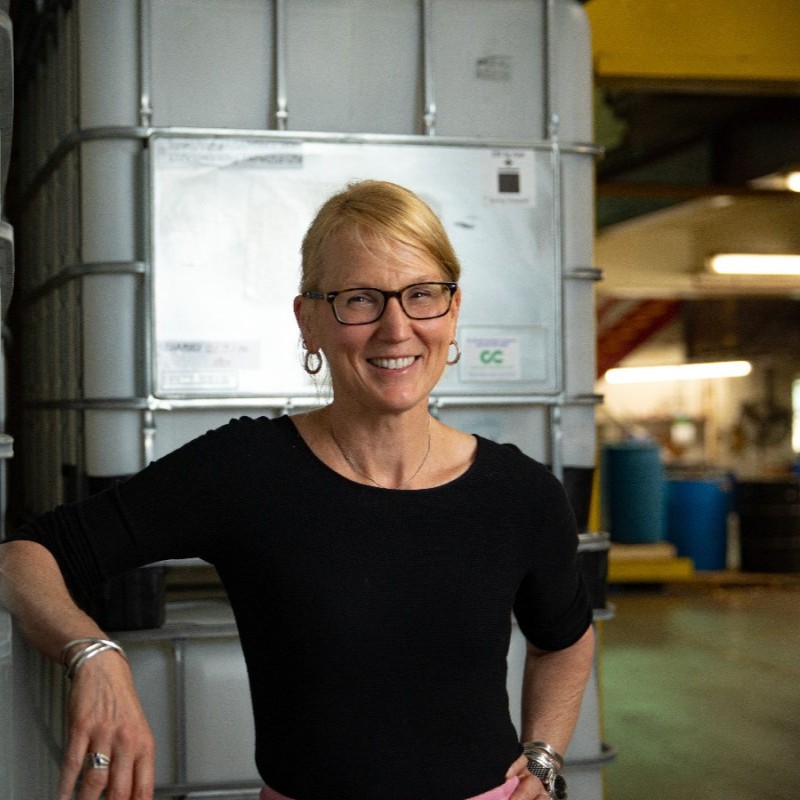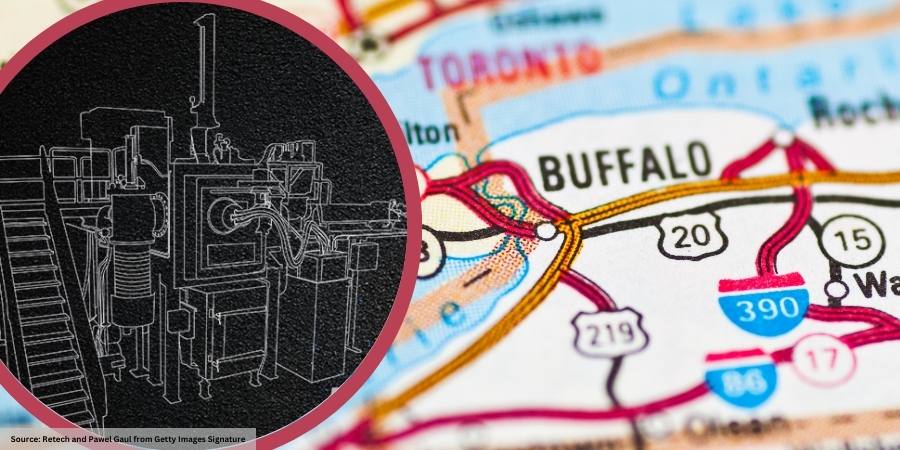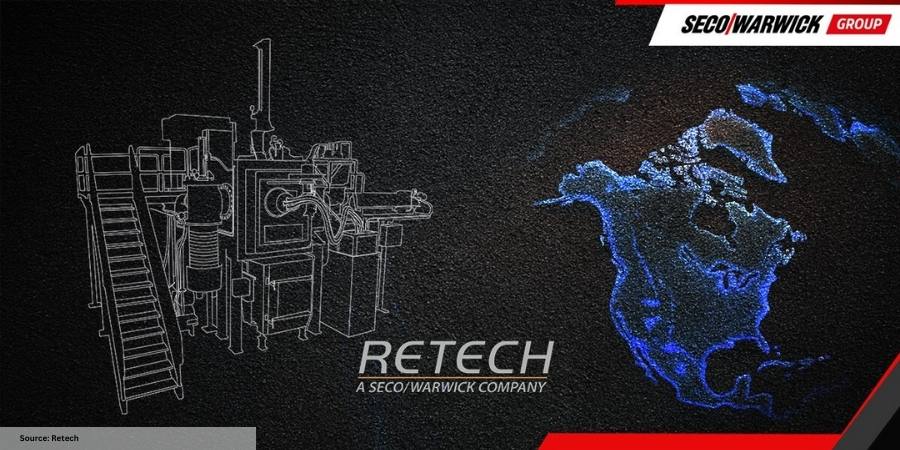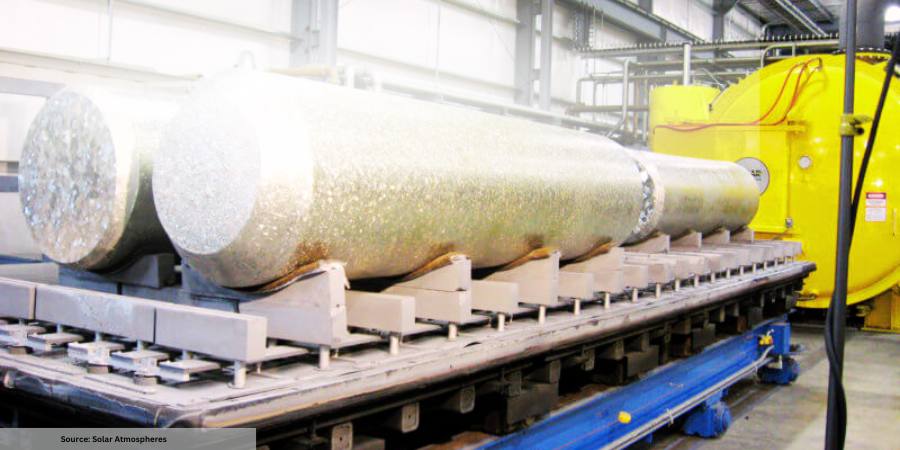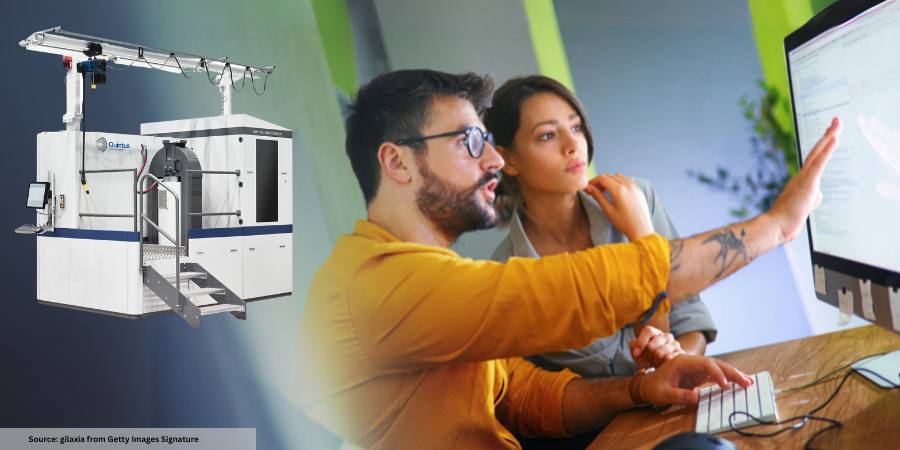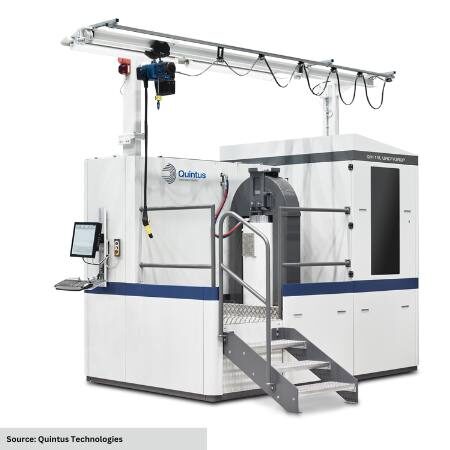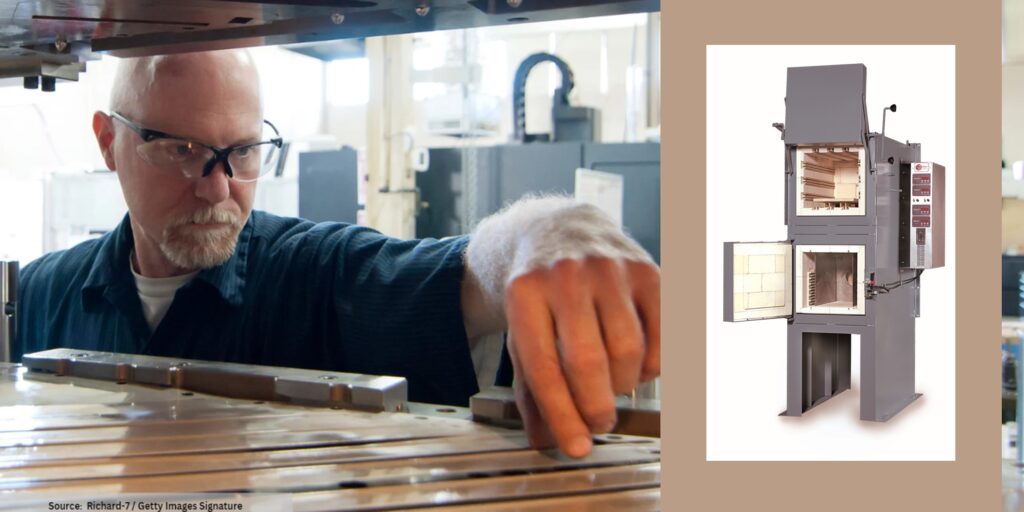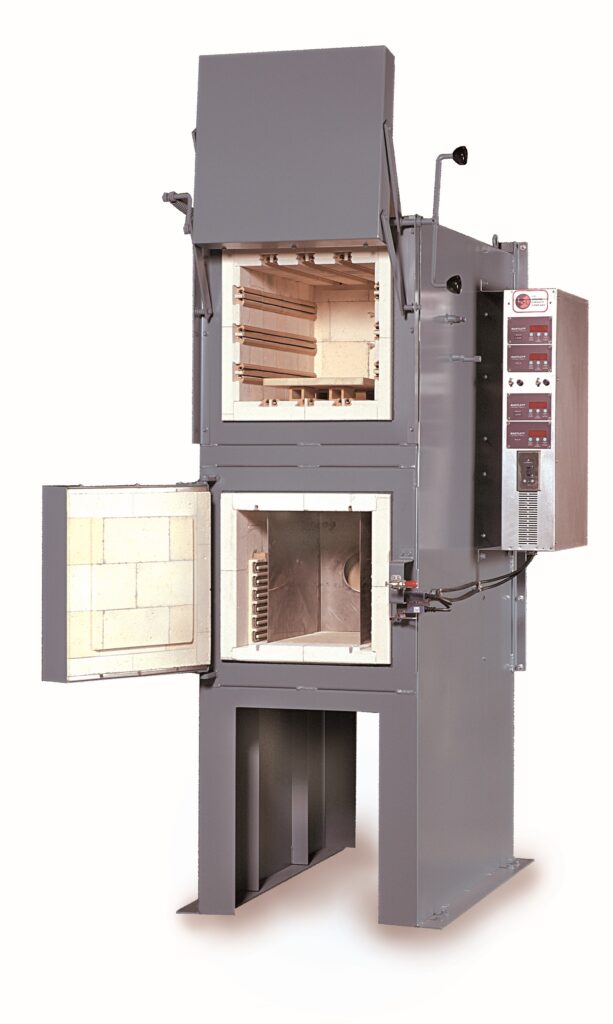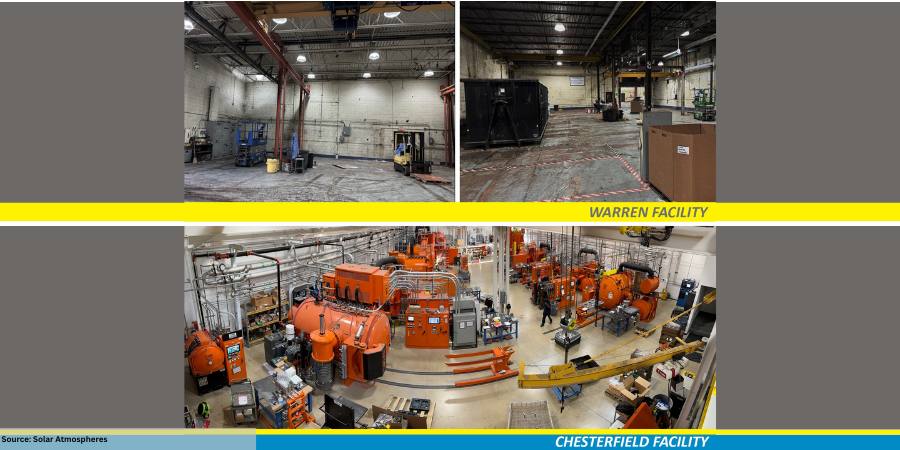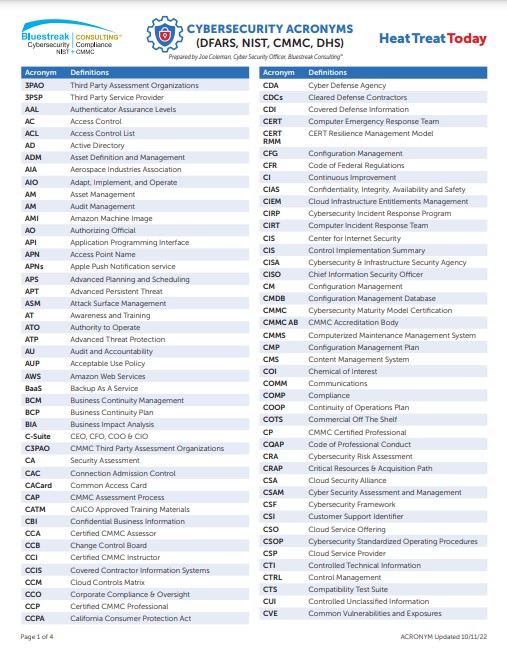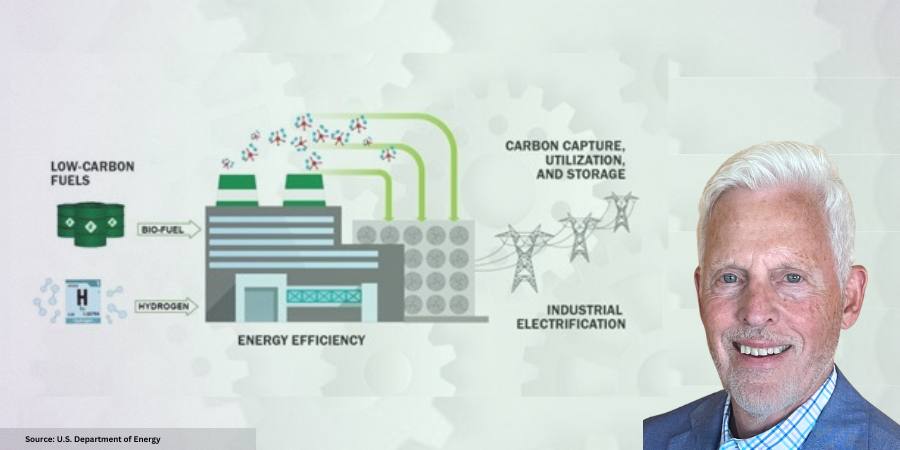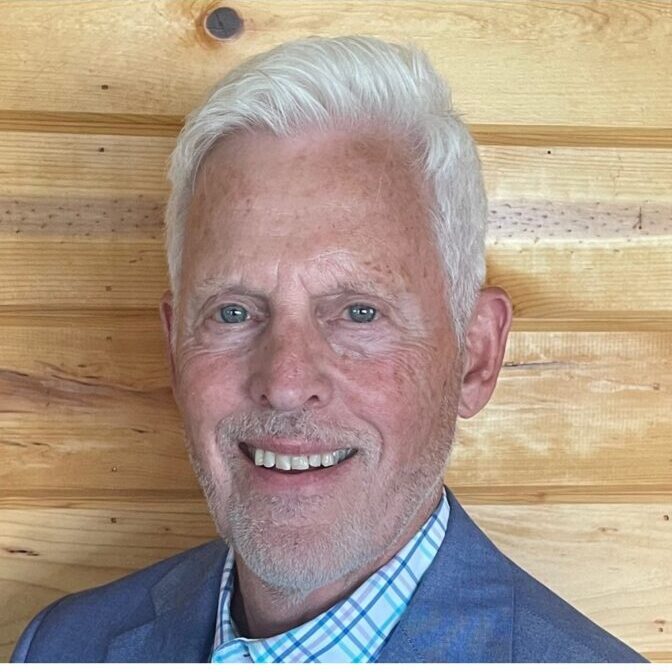Heat Treat Radio #108: Heat Treat NextGen Humberto Ramos Fernández
A leading heat treat and HIP processing director, Humberto Ramos Fernández has overcome business and technologic challenges to make HT-MX the successful commercial heat treat company it is today.
In this NextGen profile on Heat Treat Radio — with host and Heat Treat Today publisher, Doug Glenn — we’re learning the heart of an engineer, from early education and metallurgy interests to cycling and how-to-start-a-business.
Below, you can watch the video, listen to the podcast by clicking on the audio play button, or read an edited transcript.





The following transcript has been edited for your reading enjoyment.
Meet Humberto (00:00)
Doug Glenn: Well, welcome everyone to another Heat Treat Radio episode. We have the great privilege today of having another one of our 40 under 40 award recipients here to tell us a bit about himself.

So, Humberto, I would like for you to tell us your name and tell us a little bit about your upbringing. Where were you educated, for example?
Humberto Ramos Fernández: My name is Humberto Ramos Fernández. I'm born and raised here in Chihuahua, Mexico. I've spent my whole childhood living here, and when I went to college, I moved to , Mexico, had my degree there, and then spent a few years working around there. For a little while, I lived in Houston, Texas. I also lived in Australia for a little bit. I spent a few months in Argentina as well, and then got back to working in Monterrey, and eventually moved back to Chihuahua, where I'm currently living. I am very happy to be here, actually.
Doug Glenn: Do you have a family? I know you have parents, obviously. But married, kids, the dog, a cat. What do we have actually?
Humberto Ramos Fernández: I am actually engaged. I am about to get married in September later this year.
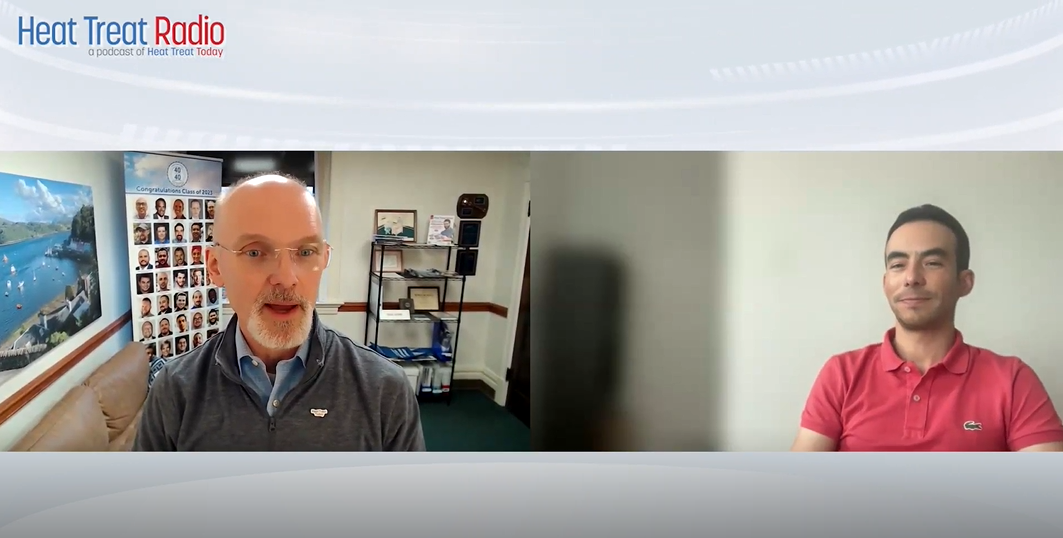
Doug Glenn: Congratulations! Very nice, very nice. Yeah, best to you. That's great.
What was it that first made you think about metallurgy or heat treatment, that type of stuff?
Humberto Ramos Fernández: Well, I always knew I would want to be an engineer. My dad's an engineer. My brother is an engineer. Since a very young age, I've always been into cars and racing and stuff like that. So, engineering and mechanical engineering was kind of an obvious choice for me when deciding my degree after high school.
I never really thought of metallurgy as a career; it was kind of more of a business choice or business decision. When I started as a mechanical engineer I was very interested in the mechanical aspect of the parts and design more than the metallurgy.
But eventually, while still working in Monterrey, I had the opportunity to come back home in Chihuahua and visit for a weekend. I got submerged in the environment of business leaders where there were a lot of opportunities for businesses — one of those was heat treating.
That's when my real interest in it started. It's been around 13 years or so since then. I've learned a lot. I mean, there's a lot to learn yet.
But I'm happy in what I'm seeing and what I'm learning.
"The decision to go into metallurgy and heat treat adventure was a decision I made alongside my dad. You know, we decided that this was a good business opportunity for both of us."
- Humberto Ramos Fernández
Doug Glenn: I do want to mention that besides being one of Heat Treat Today’s 40 Under 40 recipients, you've also authored a couple of articles with us as well. Obviously you're learning. It's been going well, and you've been contributing, giving back to the industry, which is really good.
Family (05:20)
What did your family think of your decision to go into heat treatment and metallurgy?
Humberto Ramos Fernández: The decision to go into metallurgy and heat treat adventure was a decision I made alongside my dad. You know, we decided that this was a good business opportunity for both of us. Even though he's never been involved in the day-to-day operations, he's been very supportive, and he's the actual president of the board at HT-MX.
We started this business together, and he's been with me all the way. We've had some very dark periods within the last 10 years. Pretty much everything that could happen did happen — a pandemic and multiple industry crises and everything.
He's been very supportive. One of the main reasons we've had some success, and I've been able to lead this company through some hard periods is because of his support and his knowledge. It's a very valuable thing to have, and I'm very grateful for sharing the experience with him and still having him give so much.
HT-MX (07:04)
Doug Glenn: Tell us a little bit about HT-MX. I don't think we've really mentioned it in particular. Did it exist before you started, or did you start it from scratch?
Humberto Ramos Fernández: After I graduated as a mechanical engineer, I got a job at GE Oil & Gas. I worked at this facility where we were manufacturing and oil and gas equipment. I spent a couple of years there. I learned a lot on the engineering side of it.
I got to work in the corporate offices in Houston, TX, for a while, and this led me to realize that there were a lot of supply chain gaps in the Mexican industry. There were heat treaters, but none like the ones we were looking for from the quality side of the requirements.
Being from the engineering side of things, I would visit some of these suppliers and realize that there were opportunities everywhere for more .
While that was happening, there was this pretty cool idea here in Chihuahua: A group of businessmen got together and organized a visit “from Chihuahua to Chihuahua,” trying to understand all the manufacturing happening here. A lot of people didn't really know. Over here, there are four OEMs. There's aerospace OEMs. There's a Ford engine plant. There's a lot of industry happening here. They defined several supply chain gaps, and one of that was heat treatment.
One weekend I was here visiting my parents, and we got to talk about the potential opportunities. We just decided to go for it. We started the company officially in 2010, 2012. We've been operating since.
We have a business partner as well. And I think we made a pretty cool team. And you know, we've survived a lot of things throughout this.
What Is the Most Enjoyable Part of HT-MX? (10:04)
Doug Glenn: What's been the most enjoyable part? What do you really enjoy about it?
Humberto Ramos Fernández: I really enjoy whenever we have and then trying to translate that into an actual service — looking at the potential growth and the equipment requirements and the pyrometry and all that.
I think that's what we take a lot of care for at HT-MX, and I think that's one of the parts I enjoy the most.
Also, you know, just walking through the shop and seeing the furnaces — the floor being clean and organized. That’s just relaxing at some point.
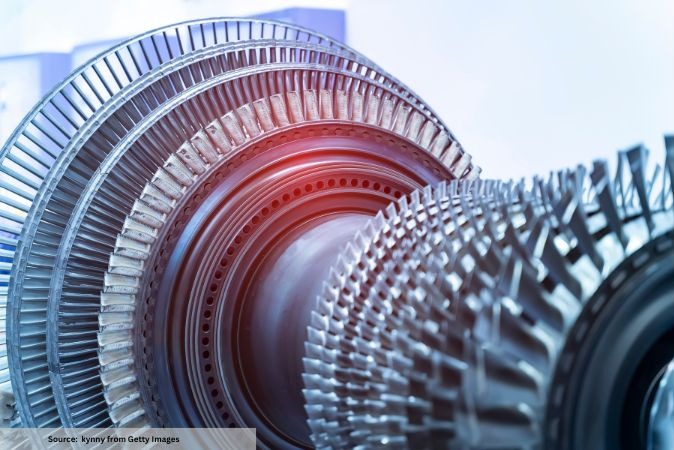
Doug Glenn: It's got to be relatively satisfying for you to know that you started from zero.
Humberto Ramos Fernández: When we started, during the first few months, after lunch I used to drive around some of the old neighborhoods where there's these machine shops, and a single part gear or a shaft, and then go and do the heat treatment. And now we're doing hot isostatic pressing for airplane engine parts. So that's a big jump, you know.
It’s very satisfying. But at the end of the day, we still have a lot of challenges and a lot of things to do. So it's never about focusing on what we've already done, but what can be done and what lies ahead.
A bigger business also brings extra worries, you know.
More About HT-MX (11:58)
Doug Glenn: Little business, little problems; big business, big problems. Not a lot of people in the world have built a business from the ground up, so I'm sure it's worth taking some time, and just acknowledging that accomplishment.
So how furnaces? How many HIP units? How many employees do you have?
Humberto Ramos Fernández: Since the pandemic we went through an evolution. We refocused our company and became much more focused on the aerospace industry.
We were running high volume, automotive parts, and oil and gas parts. Since the pandemic and the increase in energy prices and a lot of the inflation issues that we had here in Mexico — especially with the energy costs — we were forced to focus on what we believe is the real volume behind a heat treatment. Which is, in my opinion, the engineering of aspect of it.
We started focusing on these clients where their requirements were higher and where we would be able to better service them with what we had. So, we refocused. We're currently running around eight furnaces and one HIP unit.
We’re expecting to add a couple of furnaces this year and we're in the process of adding a couple of other additional services.
So, we're growing. We kind of moved away from the high volumes work, and we're focusing more on more aerospace industry and work.
Top Industry Resources (13:55)
Doug Glenn: What are some of the resources that you use to help yourself stay well informed?
Humberto Ramos Fernández: I guess the Internet, obviously.
Heat Treat Today is one of the main sources. There are other sites out there where heat treatment is focused on that I follow. And I talked to colleagues. I'm very involved in the aerospace cluster here in Chihuahua, also in Aerospace Federation in Mexico, and with the Chamber Commerce in Chihuahua — also federally in Mexico as well.
Nowadays with the Internet, and all that kind of stuff, there's a lot of information around. The key aspect is to kind of know how to filter the good info from the bad info.
“We started focusing on these clients where their requirements were higher and where we would be able to better service them with what we had. So, we refocused. We're currently running around eight furnaces and one HIP unit.”
- Humberto Ramos Fernández
Rapid Fire Round (14:56)
Doug Glenn: Let me ask you a couple of rapid fire questions, just to kind of get to know you a little bit more as a person, if you don't mind.
Are you a Mac or Apple user, as far as your computer goes? Or are you a PC guy?
Humberto Ramos Fernández: No, I'm an Apple user.
Doug Glenn: Is that right? You have an Apple computer.
Humberto Ramos Fernández: Yeah, I'm actually on an Apple computer right now.
Doug Glenn: Are you more of a digital person? Do you like hard copy print, or digital, or both, or neither?
Humberto Ramos Fernández: I grew up reading physical magazines, and I still really enjoy car magazines and stuff like that. But other than that, books and podcasts and all, it's on digital.
Doug Glenn: So I don't know if this applies so much to you, because you own the company. Do prefer a flexible work schedule or a high paying job? Being the owner of the company, you have neither, so maybe you would take either.
Humberto Ramos Fernández: I'll take whatever I can get. I think that the flexibility is a very, very valuable part of any kind of work. And I try to offer that to the people that we work with. But also, you need to have high pay to retain the good employees and the good engineers. We are trying to balance both.
Doug Glenn: Tell me about your car passion. Are you still doing anything with your car passion here? You like car magazines and stuff like that?
Humberto Ramos Fernández: I have a couple of old cars I like to work on. I work with my brother on restoring as well. I still keep that passion going. It's something that I really enjoy.
Doug Glenn: So you gotta tell us: What's the 40 year old car?
Humberto Ramos Fernández: It's a 1983 BMW 320I.

Doug Glenn: If you could travel somewhere else that you haven't already been, where would you go, and why?
Humberto Ramos Fernández: I haven’t been to Japan. And I would love to experience the culture. I feel fascinated by their history and their culture and even their food. So that would be one of my first options.
Doug Glenn: What was it about Japan in the past that caught your attention?
Humberto Ramos Fernández: Those kind of cultures that are so radically different from what we experience here in Latin America are very interesting to look at and to visit.
I've been through China. I've been through other Asian countries. And you know I've been through some other countries in Europe. So considering that I've never been, never been there I would definitely choose Japan.
Doug Glenn: What do you do with your free time? Assuming you have any?
Humberto Ramos Fernández: I like to spend my weekends cycling. I do a lot of road cycling as well. Endurance sports, mostly cycling. So recently, I've done a lot of long, long days out there on the bike. I love the weather here, and here in Chihuahua, we're close to some very nice mountains and the canyons are absolutely beautiful places to go and visit on your bike.
Doug Glenn: What’s your favorite app on your phone or movie or magazine?
Humberto Ramos Fernández: My favorite movie I think it would be the Shawshank Redemption.
Doug Glenn: What future plans do you have for your company and life? Obviously, I know you're getting married. So that's one. But company life, generally speaking, what are you looking forward to?
Humberto Ramos Fernández: I'm looking forward to a period of continuous growth in the company, and where we can stabilize the operation and allow me to explore new and bigger opportunities within the heat treatment industry. I think there's a lot to be done here, and I think as a country and as a state, we're coming into a very good period of time.
Personally, I feel optimistic of what we can achieve here, and that still drives me every day to try and improve our company and continue to learn and to establish ourselves as a reliable and valuable heat treater for our clients.
Doug Glenn: That's great, Humberto. It's been a real pleasure to talk with you. Thanks for spending some time with us.
About the Expert
Humberto Ramos Fernández is a mechanical engineer with a master’s degree in Science and Technology Commercialization. He has over 14 years of industrial experience and is the founder and director of HT-MX Heat Treat & HIPing, which specializes in Nadcap-certified controlled atmosphere heat treatments for the aerospace, automotive, and oil and gas industries. With clients ranging from OEMs to Tier 3, has ample experience in developing specific, high complexity secondary processes to the highest requirements.
Learn more at ht-mx.com.
Search Heat Treat Equipment And Service Providers On Heat Treat Buyers Guide.Com
Heat Treat Radio #108: Heat Treat NextGen Humberto Ramos Fernández Read More »




